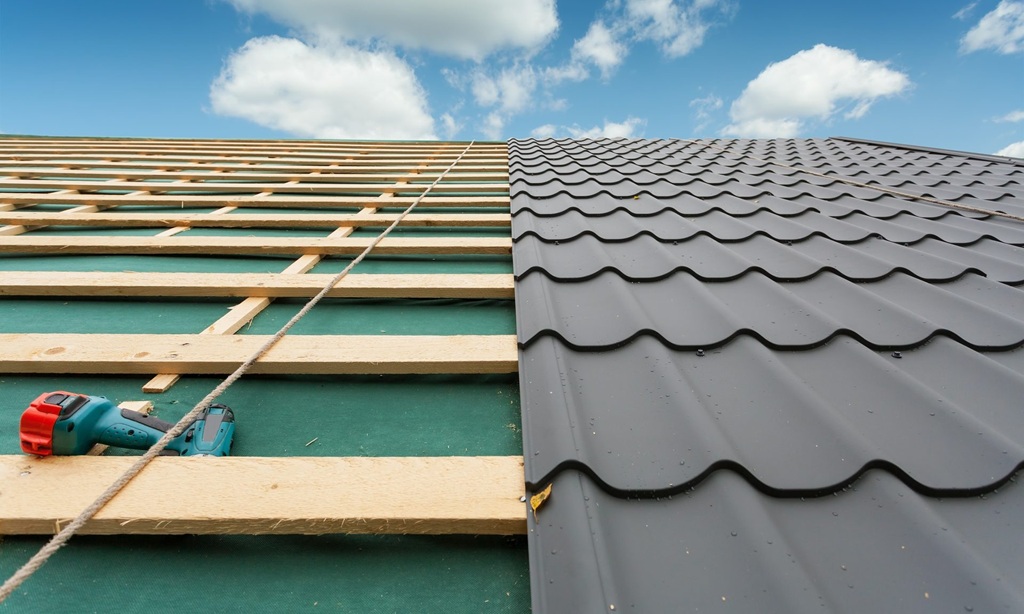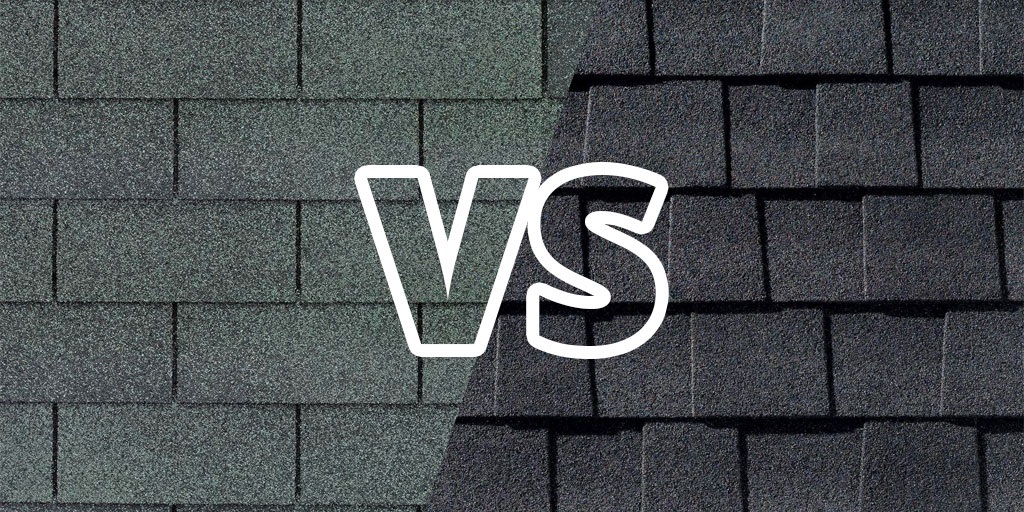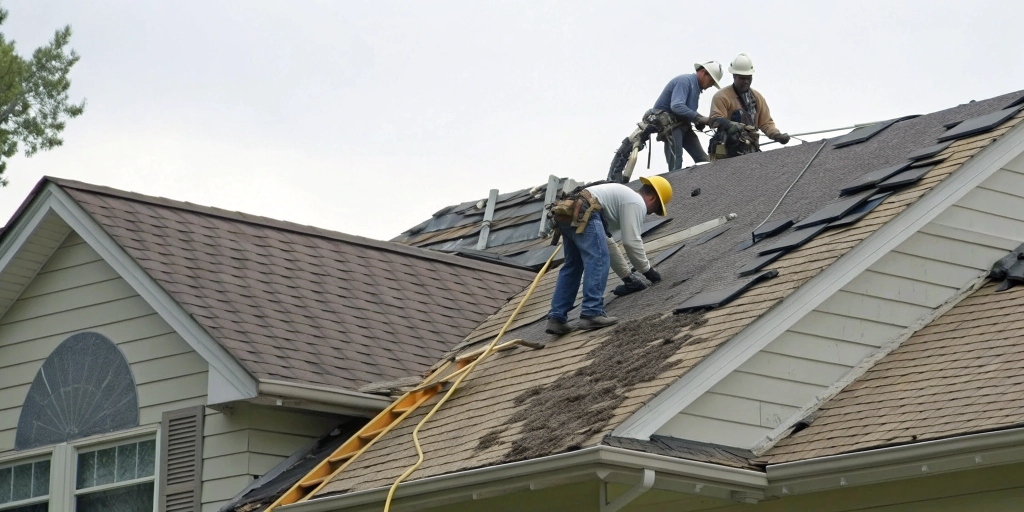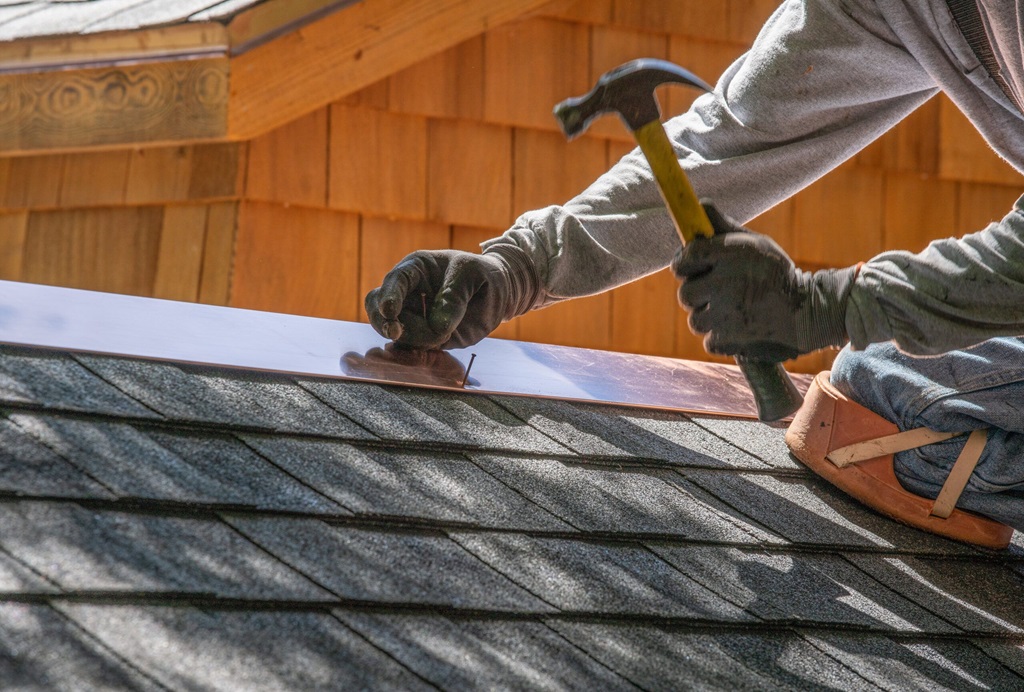Metal roofs, once relegated to agricultural and industrial buildings, have surged in popularity among homeowners seeking durability and longevity. This resurgence isn’t merely a fleeting trend; it reflects a growing appreciation for the material’s inherent strengths, coupled with advancements in design and aesthetics. However, like any significant home improvement, choosing a metal roof requires careful consideration of its pros and cons. This article delves into the intricacies of metal roofing, providing a comprehensive overview to help you make an informed decision.
The Allure of Longevity and Durability: A Foundation of Strength
One of the most compelling advantages of metal roofs is their exceptional lifespan. Unlike asphalt shingles that typically require replacement every 15-30 years, metal roofs can endure for 40-70 years or even longer with proper maintenance. This longevity stems from the inherent strength of the materials, often aluminum, steel, or copper, which resist weathering, rot, and insect infestations. They can withstand harsh environmental conditions, including heavy snow loads, strong winds, and hail, making them a robust choice for regions prone to extreme weather. This durability translates to significant long-term cost savings, as homeowners avoid frequent replacements.
Moreover, metal roofs are remarkably fire-resistant. This feature not only enhances the safety of your home but also can lead to lower insurance premiums in some areas. The non-combustible nature of metal reduces the risk of fire spread, providing an added layer of protection for your family and belongings. In regions susceptible to wildfires, this can be a crucial safety consideration.
Energy Efficiency and Environmental Benefits: A Sustainable Choice
Metal roofs offer notable energy efficiency benefits, particularly when coated with reflective pigments. These reflective coatings can significantly reduce heat absorption, keeping your home cooler during hot summer months. This translates to lower air conditioning costs and a reduced carbon footprint. In colder climates, metal roofs can contribute to energy efficiency by efficiently shedding snow and preventing ice dams, which can lead to structural damage.
Furthermore, metal roofs are considered environmentally friendly. Many metal roofing materials are made from recycled content, and at the end of their lifespan, they are fully recyclable. This contrasts with asphalt shingles, which often end up in landfills. By choosing a metal roof, you are contributing to a more sustainable building practice and reducing waste.
Aesthetic Versatility and Design Flexibility: Beyond Industrial Chic
Gone are the days when metal roofs were limited to utilitarian designs. Today, metal roofing offers a wide range of styles, colors, and finishes to complement any architectural aesthetic. From standing seam panels that create a sleek, modern look to metal shingles that mimic the appearance of traditional clay tiles or wood shakes, the design possibilities are virtually endless. Manufacturers have invested heavily in developing innovative coatings and textures, allowing homeowners to achieve their desired curb appeal.
The flexibility of metal allows for complex roof designs, including curved or multi-faceted roofs, which might be challenging to achieve with other materials. This adaptability enables homeowners to create unique and visually appealing rooflines that enhance the overall character of their homes.
The Flip Side: Addressing the Cons of Metal Roofing
While the advantages of metal roofs are undeniable, they are not without their drawbacks. One of the primary concerns is the initial cost. Metal roofs typically have a higher upfront cost compared to asphalt shingles. However, it’s crucial to consider the long-term cost savings associated with their extended lifespan and reduced maintenance requirements.
Noise can also be a factor, particularly during heavy rain or hail. Metal roofs, especially those with thinner gauges, can amplify the sound of precipitation. However, this issue can be mitigated by installing proper insulation and underlayment, which can significantly reduce noise levels.
Installation complexity is another consideration. Metal roofing requires specialized skills and experience. Improper installation can lead to leaks, damage, and reduced lifespan. It’s crucial to hire a reputable and experienced contractor who is familiar with metal roofing systems. While this may increase labor costs, it ensures a proper installation and long-term performance.
The Importance of Proper Maintenance: Ensuring Longevity
Although metal roofs are known for their durability, they still require regular maintenance to ensure optimal performance. This includes periodic inspections to check for loose fasteners, damaged panels, or signs of corrosion. Promptly addressing any issues can prevent more significant problems down the line. Cleaning the roof to remove debris and prevent the buildup of mold or algae is also essential, particularly in humid climates.
Choosing the right type of metal and finish is crucial for long-term maintenance. Some metals, such as copper and zinc, develop a natural patina over time, which can enhance their aesthetic appeal. However, other metals may require periodic repainting or recoating to maintain their appearance and protect against corrosion.
Read More Also: Asphalt Shingles vs. Metal Roofing: Which Is Better for Your Home? An In-Depth Comparison
People Also Ask (FAQs):
Q: How much does a metal roof cost compared to asphalt shingles?
A: Metal roofs typically cost two to three times more than asphalt shingles upfront. However, considering their longer lifespan and reduced maintenance, they can be more cost-effective in the long run. The exact cost depends on the type of metal, gauge, finish, and complexity of the roof design.
Q: Are metal roofs noisy during rainstorms?
A: Metal roofs can be noisier than asphalt shingles during heavy rain or hail. However, this can be mitigated by installing proper insulation and underlayment, which can significantly reduce noise levels.
Q: Can I install a metal roof myself?
A: Metal roofing installation requires specialized skills and experience. It is highly recommended to hire a reputable and experienced contractor to ensure proper installation and avoid potential problems.
Q: Are metal roofs energy efficient?
A: Yes, metal roofs can be highly energy efficient, particularly when coated with reflective pigments. These coatings can reduce heat absorption, keeping your home cooler during hot summer months.
Q: Do metal roofs attract lightning?
A: No, metal roofs do not attract lightning. However, if lightning strikes a metal roof, the electricity will be conducted safely to the ground, provided the roof is properly grounded.
Q: Can metal roofs be installed over existing shingles?
A: In some cases, metal roofs can be installed over existing shingles, but it’s crucial to consult with a qualified contractor to assess the condition of the existing roof and ensure proper installation.
Q: What types of metal are used for roofing?
A: Common metals used for roofing include aluminum, steel, copper, and zinc. Each material has its unique properties and aesthetic appeal.
Q: Are metal roofs environmentally friendly?
A: Yes, metal roofs are considered environmentally friendly. Many metal roofing materials are made from recycled content, and at the end of their lifespan, they are fully recyclable.
Q: How long do metal roofs last?
A: Metal roofs can last for 40-70 years or even longer with proper maintenance, significantly longer than asphalt shingles.
Q: What is the best gauge of metal for a roof?
A: The best gauge of metal for a roof depends on the specific application and environmental conditions. Thicker gauges offer greater durability and resistance to damage.
Read More Also: Roof Tiles: A Classic Choice for Modern Homes – Timeless Beauty Meets Contemporary Functionality
Conclusion: A Long-Term Investment in Strength and Beauty
Metal roofs offer a compelling combination of durability, energy efficiency, and aesthetic versatility. While the initial cost may be higher than traditional roofing materials, the long-term benefits, including extended lifespan, reduced maintenance, and potential energy savings, make them a worthwhile investment for many homeowners. By carefully considering the pros and cons, and by working with a reputable contractor, you can make an informed decision and enjoy the enduring strength and beauty of a metal roof for decades to come. The initial higher outlay will reward the homeowner with a long lasting roof that will protect the home and increase its value.






